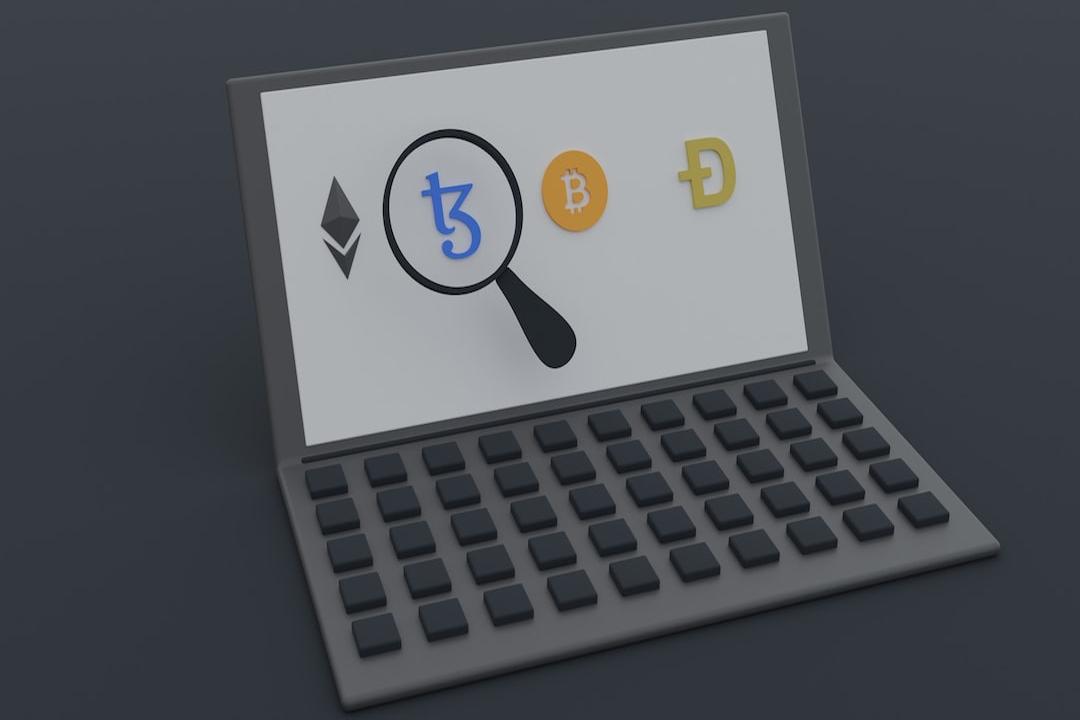According to Coin World:
With the approval of ETFs in the first half of the year and the entry of institutional funds, the microstructure of the market has changed compared to previous cycles. Although the current participant base in the cryptocurrency market is still predominantly retail investors, the market capitalization share of BTC ETFs stands at 4.88%, while ETH ETFs account for 2.4%. As the scale of ETFs increases, institutional participation in the market is gradually deepening, which may alter the traditional market dynamics to some extent.
BTC Dominates Strongly, ETH Steps Back
Since the beginning of this year, BTC’s market share has risen from 52% at the start of the year to its current 56%, maintaining its strong core asset status. In contrast, ETH’s market share has decreased from 16% at the beginning of the year to 14% now, and it has also declined from the previous cycle’s range of 17%-19%.
ETH is facing multiple challenges. On one hand, since the launch of ETH ETFs, it has continually faced selling pressure, and the emergence of new narratives such as L2s and liquidity re-staking has failed to boost ETH prices, indicating ETH’s limited capacity for value capture within its ecosystem. On the other hand, it must contend with the challenges posed by emerging public chains like Solana and TON. Since March, the ratio of daily network fees between Solana and Ethereum has shown a fluctuating upward trend, rising from about 5 at the beginning of the year to approximately 25 currently, with a peak of 135, indicating that Solana’s network activity is gradually surpassing that of Ethereum.

The Resurgence of Memes
Meme tokens have been one of the standout sectors this cycle. In the rising trend observed in March, the Meme sector surged approximately one week ahead of BTC, a deviation from previous cycles. This year, the Meme sector has seen a return of 757%, with a peak of 9564%. The second-best performing sector is election-related tokens, which have returned 568% year-to-date.

Increasingly Worthless Altcoins
During the upward trend in the first half of the year, the peak of the Altcoin Season Index has not reached the levels seen in previous cycles. Given the following reasons, whether Altcoin Season will re-emerge in the latter half of this cycle remains debatable; even if it does, the intensity is expected to be weaker: BTC’s strong dominance in this cycle; the gradual emergence of institutional players, whose risk appetite is generally lower than that of retail investors, potentially leading to profit-taking from Bitcoin Season that may flow into stablecoins or exit the market entirely.
Future Market Trends
Macroeconomic Factors
Dollar liquidity will continue to be the primary driving factor for market developments moving forward, and BTC has historically shown high sensitivity to this factor. Under the influence of inflation pressures, uncertainties in interest rate policies, and the tightening of global liquidity, volatility in traditional financial markets may transmit to the cryptocurrency market.
In the short term, the interest rate cut cycle has begun, but the Federal Reserve remains cautious and flexible regarding the extent and speed of rate cuts. Additionally, the marginal diminishing effects of positive news may lead to continued volatility in September and October.
In the medium to long term, considering the negative correlation between BTC prices and interest rate levels, as easing policies gradually take effect and market sentiment improves, an influx of funds from more institutions and retail investors is expected to drive a second wave of price increases in this cycle.
The uncertainty surrounding the election results before November remains significant, and the influence of cryptocurrency in this election seems more important than ever. While it is difficult to estimate the exact scale of campaign funds supported by cryptocurrencies, Donald Trump evidently has a closer relationship with the crypto community in terms of crypto-friendliness.
In the short term, before the election results are finalized in November, the market will continue to operate in a news-driven trading mode: election-related news, particularly positive news related to Trump, will significantly stimulate market upswings, while during periods of tight election races, prices may face downward risks.
In the medium to long term, only the actual implementation of policies related to BTC (such as recognizing BTC as a reserve asset) will genuinely impact real buyer demand in the market, creating the momentum for a medium to long-term price increase.
New Narratives
Bitcoin Ecosystem
The first half of the year has witnessed the flourishing of inscriptions and the rapid development of the BTC network ecosystem. As some BTC scalability solutions gradually take shape in the second half of the year, BTC scalability initiatives and BTCFi (Bitcoin Decentralized Finance) may emerge as new narratives.
This could introduce more application scenarios for Bitcoin, attract more users, and facilitate Bitcoin’s transition from “digital gold” to “digital financial infrastructure.”
DePIN
DePIN aims to connect physical world infrastructure through blockchain technology and is one of the most promising directions for large-scale blockchain applications. As infrastructure continues to mature and the crypto community expands, DePIN will re-enter the public spotlight.
Conclusion
The likelihood of continued volatility in September and October remains high. After November, as easing policies are gradually implemented and the election results are settled, the inflow of institutional funds and the incremental retail demand driven by new narratives will propel the second phase of this cycle’s upward trend, with expectations of a peak in the range of $100,000 to $120,000, likely in the first half of 2025.

